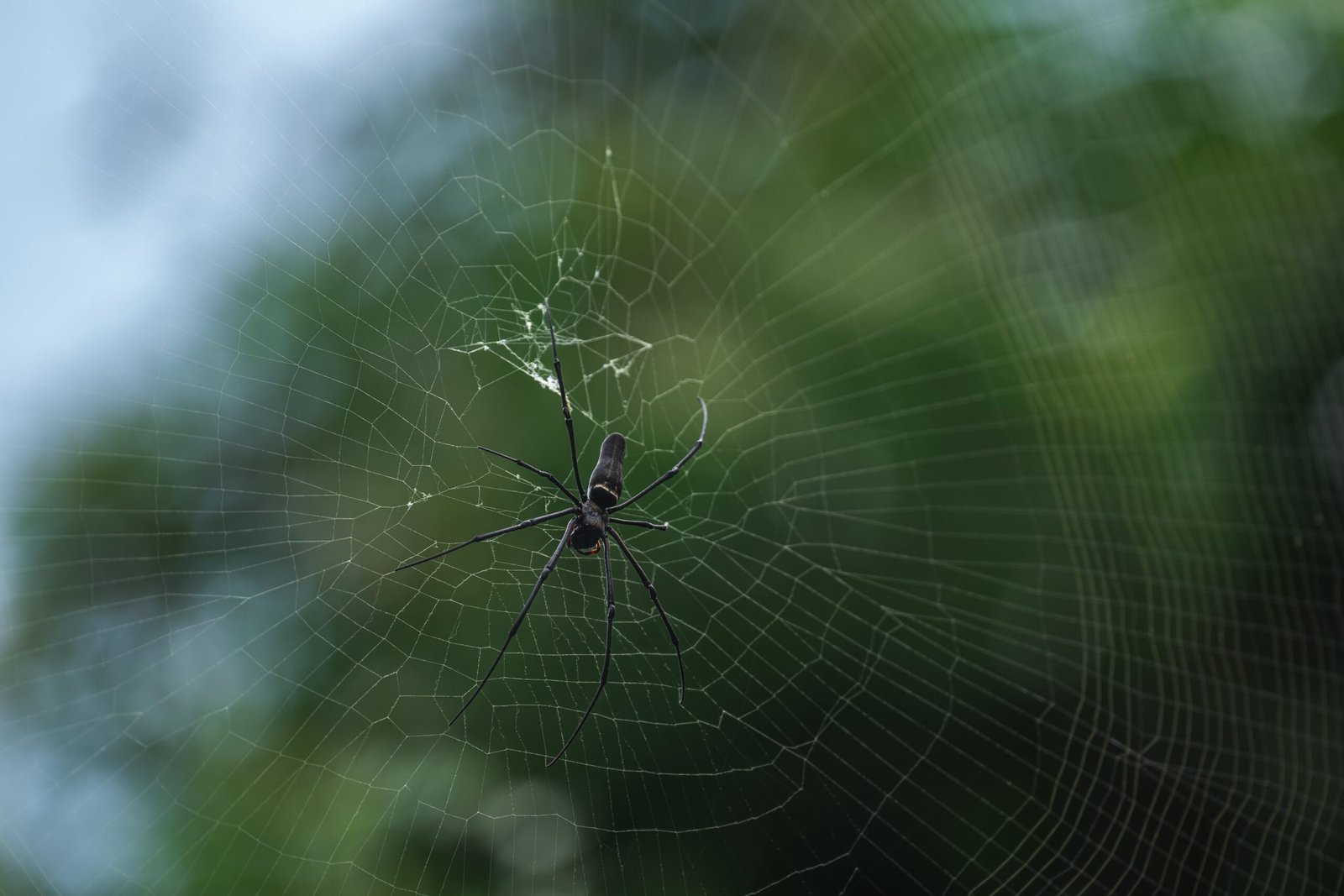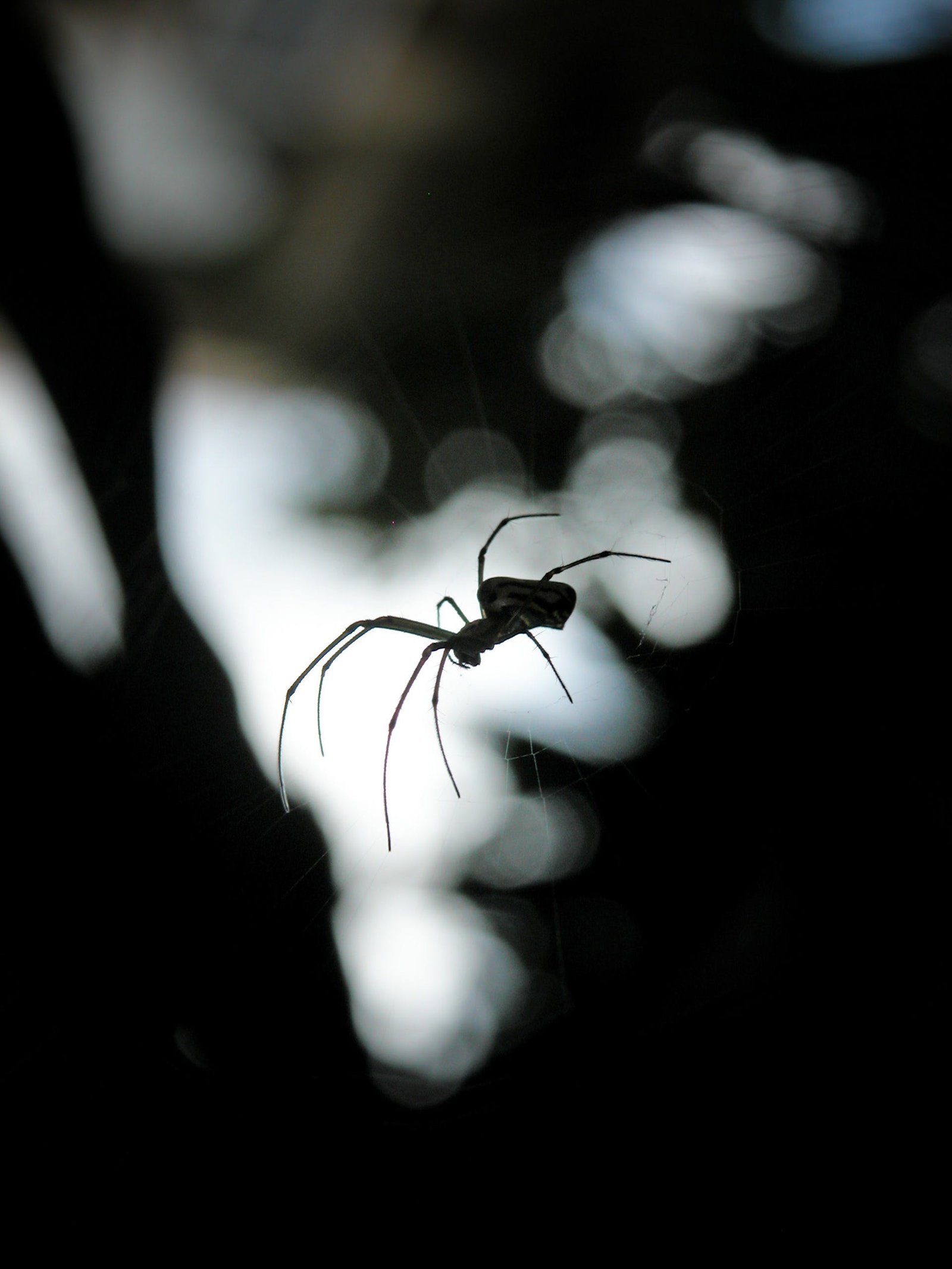The article explores the natural range of the stunningly adorned Brazilian salmon pink tarantula. This captivating species, known for its striking markings, captivates the imagination with its vibrant hues. By delving into the tarantula’s natural habitat, readers will gain a better understanding of where this fascinating creature originates from and how it thrives in its environment. From rainforests to grasslands, this article takes you on a journey to uncover the secrets of the Brazilian salmon pink tarantula’s habitat.
Natural Range
The strikingly marked Brazilian salmon pink tarantula, also known as Lasiodora parahybana, is native to the tropical rainforests of Brazil. It is primarily found in the eastern and northeastern regions of the country. This tarantula species is specifically known to inhabit the eastern states of Bahia, Sergipe, and Alagoas. These lush rainforests provide the perfect habitat for the Brazilian salmon pink tarantula to thrive.
Habitat
Within its natural range, the Brazilian salmon pink tarantula can be found in a variety of habitats. It prefers areas with ample vegetation, such as dense forests and jungles. These tarantulas commonly inhabit the forest floor, where they can easily find shelter beneath fallen logs, leaf litter, or within the crevices of tree trunks. This species is well adapted to its forest habitat, with specialized traits that allow it to navigate and survive within these dense environments.
Geographical Distribution
The geographical distribution of the Brazilian salmon pink tarantula is limited to the eastern and northeastern regions of Brazil. It can be found specifically in the states of Bahia, Sergipe, and Alagoas. While it primarily inhabits the lush rainforests within these areas, it is important to note that its range is not restricted to a single type of habitat but can be found in various ecosystems within these regions.
Elevation
Within its natural range, the Brazilian salmon pink tarantula can be found at varying elevations. It has been documented at elevations ranging from sea level to around 1,000 meters (3,280 feet) above sea level. This species is versatile in adapting to different elevations within the rainforest, showcasing its ability to thrive across a range of altitudes.

Physical Description
The Brazilian salmon pink tarantula is a large and strikingly beautiful species. It exhibits distinct characteristics that make it easily recognizable.
Size
As one of the largest tarantula species, the Brazilian salmon pink tarantula can reach impressive sizes. Females are generally larger than males, with a body length of around 7-8 centimeters (2.8-3.1 inches) and a leg span that can extend up to 20 centimeters (7.9 inches) or more. On the other hand, males are typically smaller, averaging around 5-6 centimeters (2-2.4 inches) in body length.
Coloration
True to its name, the Brazilian salmon pink tarantula showcases a stunning salmon pink coloration on its body. Its cephalothorax and abdomen are predominantly covered in soft, velvety hairs of this striking shade. The legs, however, exhibit a contrasting lighter hue, with a yellowish or reddish tint. This vibrant color combination adds to the tarantula’s allure and makes it highly sought after by tarantula enthusiasts and collectors.
Markings
In addition to its captivating coloration, the Brazilian salmon pink tarantula is adorned with striking markings. On its abdomen, you can often find a series of intricate black designs, including wavy lines or jagged patterns. These unique markings provide a singular appearance that further distinguishes the Brazilian salmon pink tarantula from other tarantula species.

Behavior
Understanding the behavior of the Brazilian salmon pink tarantula is essential to grasp its unique traits and adaptations.
Nocturnal Activity
Like many tarantulas, the Brazilian salmon pink tarantula is primarily nocturnal in its activity. It spends the majority of its daylight hours resting within its burrow or hiding in safe shelters, waiting for the cover of darkness to emerge and begin its hunting activities. This behavior allows the tarantula to avoid potential predators and take advantage of the cooler temperatures during the night.
Burrowing Habits
The Brazilian salmon pink tarantula is a proficient burrower. It creates complex burrows within the forest floor or near the base of trees. These burrows provide the tarantula with a safe haven from predators and extreme weather conditions. They are also important for regulating the tarantula’s body temperature and humidity levels. The burrows have multiple entrances and can extend to several feet in depth, providing ample space for the tarantula to move and hide.
Feeding
The Brazilian salmon pink tarantula is an opportunistic predator, feeding on a diverse range of prey. Its diet primarily consists of insects, such as crickets, cockroaches, and beetles. Larger specimens have been known to capture small vertebrates like lizards or frogs. The tarantula’s hunting strategy involves ambushing its prey, using its agility and venomous fangs to immobilize and subdue its victims. It then injects digestive enzymes into the prey’s body, liquefying its internal tissues for easy consumption.
Reproduction
Breeding among Brazilian salmon pink tarantulas typically occurs during the wet season when food availability is higher. Males often embark on extensive journeys in search of receptive females. Once a male has located a female’s burrow, it must perform intricate courtship rituals to display its suitability as a mating partner. This involves drumming its legs against the ground and producing vibrations to communicate its intentions. If successful, mating will occur, and the female will lay a clutch of eggs. She will protect and care for the eggs until they hatch, after which the spiderlings will disperse and start their independent lives.

Threats and Conservation
While the Brazilian salmon pink tarantula population is currently stable, several threats pose risks to its long-term survival.
Illegal Pet Trade
One of the main threats to the Brazilian salmon pink tarantula is the illegal pet trade. Due to its striking appearance, it has become highly sought after in the exotic pet market. This demand has resulted in illegal collection and smuggling, leading to a decline in wild populations. It is important to discourage the purchase of wild-caught tarantulas and support responsible captive breeding efforts.
Habitat Loss
Another significant threat to the Brazilian salmon pink tarantula is habitat loss. Deforestation and urbanization have resulted in the destruction of large areas of the tarantula’s natural habitat. The clearing of forests for agriculture, logging, and human settlements has greatly reduced the available space for this species. Encouraging sustainable forestry practices and protecting vital forest ecosystems are crucial for the conservation of this magnificent tarantula.
Conservation Efforts
Various organizations and initiatives are working towards the conservation of the Brazilian salmon pink tarantula. These efforts aim to protect its natural habitat, raise awareness about the importance of tarantulas in ecosystems, and support responsible captive breeding programs. By promoting education and sustainable practices, it is possible to ensure the survival of this remarkable species for future generations to admire and study.
In conclusion, the Brazilian salmon pink tarantula is a fascinating species with a natural range limited to the eastern and northeastern regions of Brazil. It thrives in the tropical rainforests, showcasing its versatility in adapting to various habitats and elevations. Not only does it possess a captivating appearance with its vibrant salmon pink coloration and intricate markings, but its behavior and adaptations, such as nocturnal activity and proficient burrowing, also make it a unique tarantula species. However, it faces threats from the illegal pet trade and habitat loss, highlighting the need for conservation efforts to protect this beautiful creature and preserve its natural habitat. By working together to raise awareness and support sustainable practices, we can ensure the long-term survival of the strikingly marked Brazilian salmon pink tarantula for generations to come.

